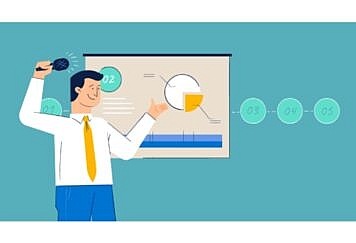It can be hard for e-commerce experts to find the best e-commerce projects considering that there are now many experts on the market. This is the reason why it makes sense to write an e-commerce proposal to help you stand out from the competition.
The good news is that an ecommerce proposal can be customized to make sure that you can find solutions depending on the needs of the potential client. You can use clear language to explain the project and how you can help the client get the solutions they want. In this post, you will learn about writing a compelling e-commerce proposal.
Understand The Needs Of The Client
Reputable e-commerce experts usually know that they need to understand the specific needs of the potential client. The better you know the situation of the potential client beforehand, the easier it can be to customize your e-commerce proposal. Your proposal can stand out from the rest. When you do it properly, the potential can feel like you already know what they need.
It’s also a good idea to research the potential client so that you can know their present situation. You can also make a call to a client to get more information before you decide to write a proposal.
When you call the potential client, you should ask them the right questions so that you can understand their needs better. This also shows the potential client your commitment to help them to solve their problems.
Key Elements To Include In An E-commerce Proposal
Designing, developing, and even launching a new e-commerce website requires several things. The proposal needs to have an executive summary or project overview. You can explain about the business problems driving the potential client to want an e-commerce site. This is where you can demonstrate that you know their target customers, current situation on the market, and competitors.
A proposal should also have a project scope that includes specific details about your services. It can be a good idea to break down the project into several small elements, such as website design, content, and user experience. Remember to include what is not included in your services.
As explained earlier, you can break down the whole project into phases, such as design, plan, and build. Therefore, you need to tell the potential client what will happen in each phase, and what you will be sending the client after completing each phase. This can assist the potential client to visualize the process.
You can also provide a billing plan, so make sure that you explain the amount of deposit you will be expecting and the amount you expect to receive after completing specific milestones.
Above all, you need to talk about your experience, skills, business philosophy, and team members. This helps the potential client to see how qualified you are to handle an e-commerce project.
The best way to show that you can handle an e-commerce project is to include a couple of case studies of your past customers. You can also include some photos and sales numbers.





